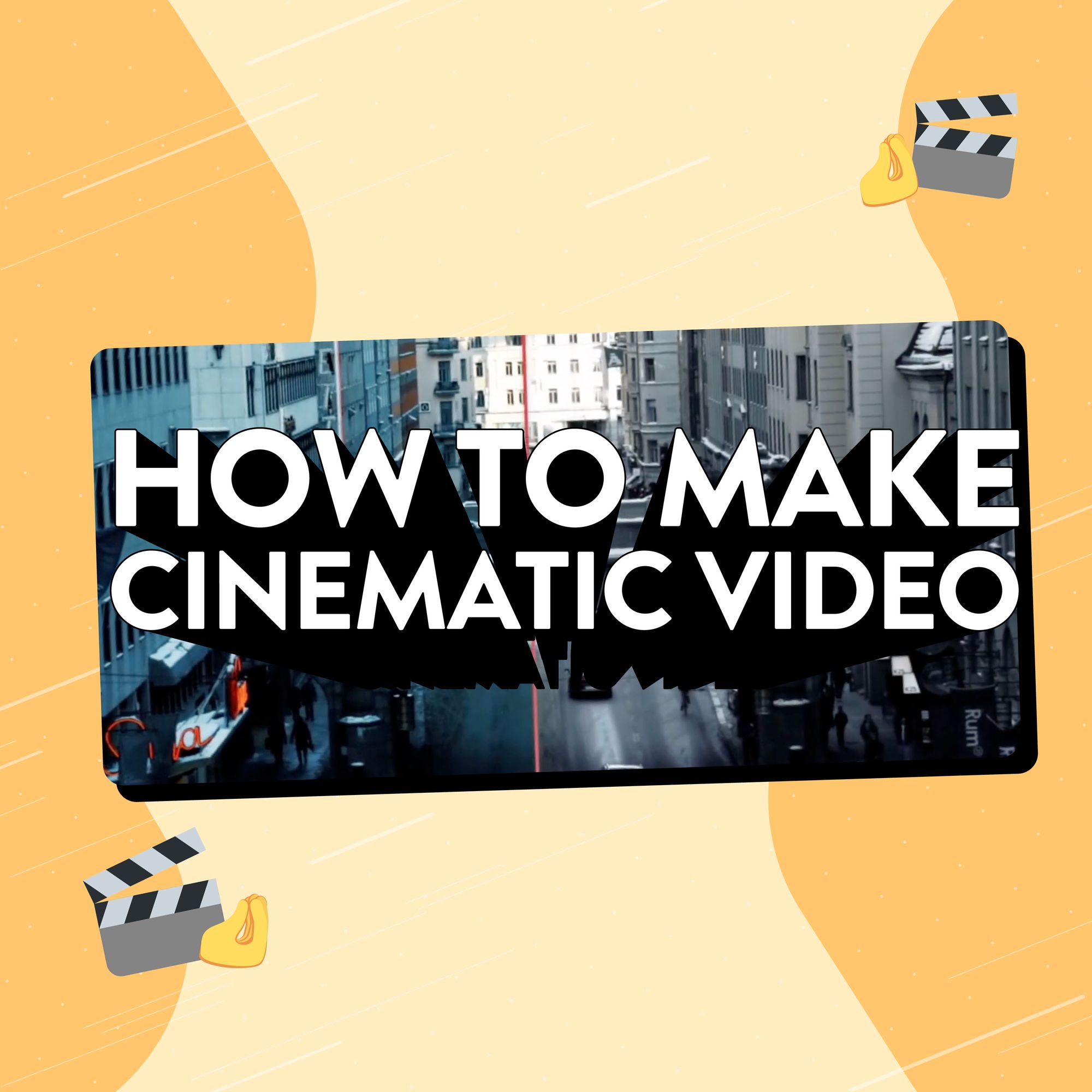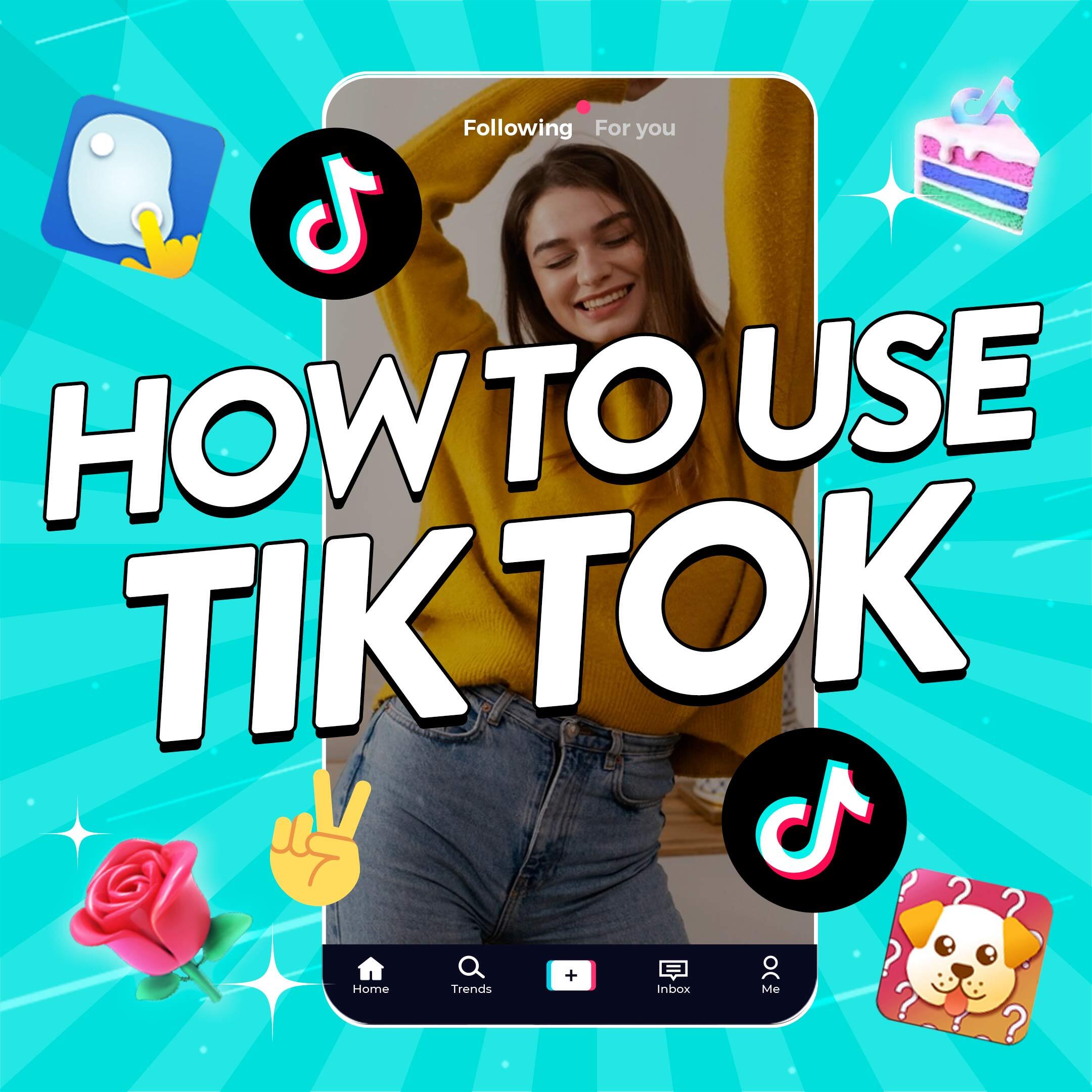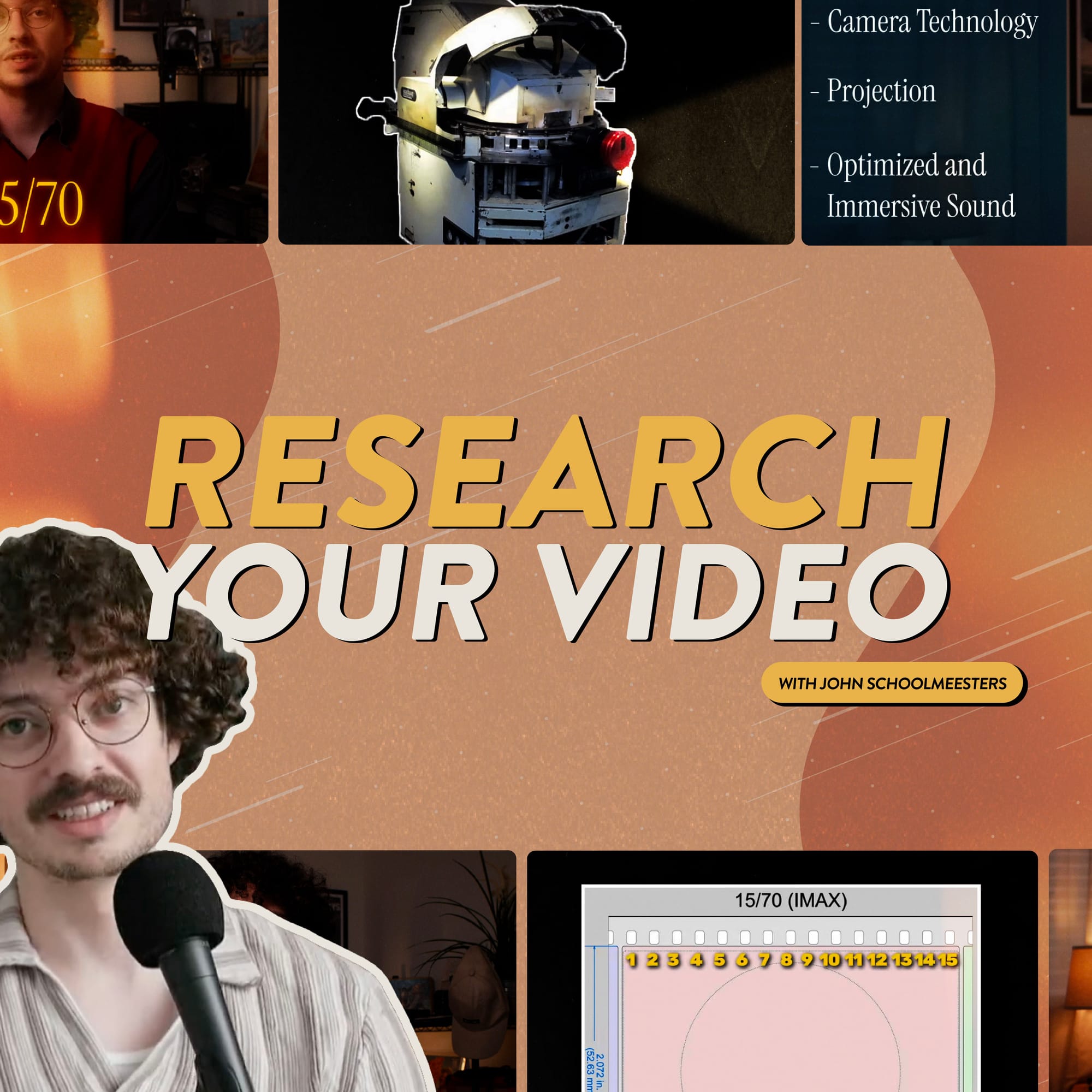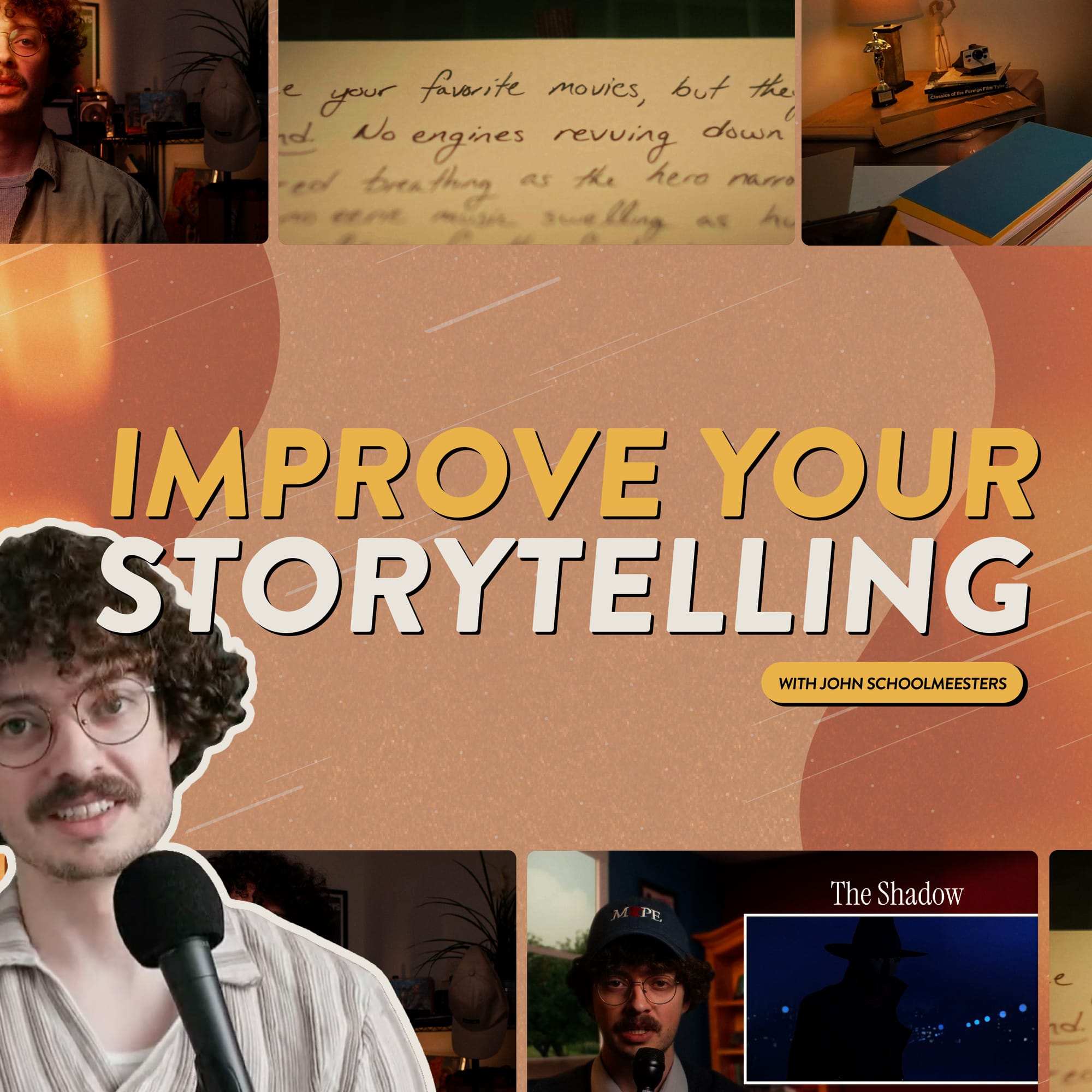Have you ever come across a video, something really cinematic, and wondered how it was made? It happens to us basically anytime Gawx uploads. Every frame shimmers with a level of perfection previously reserved for movies. You might think it takes expensive gear, pro editing skills, and dreamy locations - but is that what really makes a cinematic video?
In truth, it's not about costly equipment – it's about making the right calls behind the scenes. After all, Gawx is just one person. That's inspiration enough that any creator can achieve a signature cinematic look on their own. All it takes is a few smart choices and a bit of creativity.
In this guide, we’ll give you eight steps that'll add a cinematic sheen to your videos. From clever filming tips to the creative assets that top creators swear by, you’ll find everything you need to bring your cinematic vision to life.
Not sure what makes content cinematic? You can take a look at what cinematic video means, or simply dive straight into our eight steps:
- Start by plotting your story
- Use lighting to achieve a cinematic look
- Capture footage with depth and movement
- Choose music fit for a movie
- Elevate visuals with motion graphics
- Get the cinematic look with color grading
- Complement your footage with sound effects
- Add professional touches to your edits

So what exactly is cinematic video? Or a cinematic look?
Here’s the confusing thing – when creators talk about “cinematic video,” they don’t always mean the same thing.
The cinematic look refers to highly-stylized content that aims for a retro, analog vibe and features warm color tones. YouTuber Gawx’s eye-catching film of a city walk is a good example – especially as it uses the old 3:4 TV ratio to emulate a classic 35mm film experience.
On the other hand, the phrase cinematic video can simply be used to describe content that feels like a movie. Think high-quality visuals and dramatic storytelling.
In reality, creating cinematic video isn't about copying Hollywood. It’s about making your content feel intentional, emotionally engaging, and visually polished. Truly cinematic videos draw viewers in through:
Thoughtful visuals – Framing, lighting, and camera movement that feel considered, not random.
Emotionally driven music and sound – Audio that enhances the mood and supports the story.
Film-style editing – The considered use of smooth transitions, color grading, and pacing.
A strong sense of mood or atmosphere – Everything working together to convey a certain feeling or vibe.
The goal with cinematic video is to move beyond the more natural point-and-shoot look and start crafting videos that feel more like short films – even if they’re just 30 seconds long.

1. Nail the story before you start recording footage
With cinematic video, storytelling is key. Whether you’re crafting a short reel or a full-length vlog, your content needs a purpose or an emotional thread to pull people in.
Stick to a simple structure – beginning, middle, end – and you’ll be surprised how even seemingly straightforward content like product reviews or a travel montage can be made to feel cinematic.
You might plan an ambitious concept, like Yes Theory plotting their 50-hour trip to Belarus. Or your video might be more reactive, like when Lost Lakes spent a week camping in the wilderness. In both cases, the creators have planned out the story and worked out which elements are going to give their video a cinematic feel.
2. Use lighting to create that signature cinematic vibe
Lighting is a shortcut that can transform average footage into something cinematic. Natural light, soft shadows, and backlighting can all be used to completely change the vibe of a shot. Try experimenting with contrast or practical lights (like lamps or fairy lights) to build an atmosphere.
Not sure where to start? YouTubers like Alex Zarfati are great for pointers on how a simple light setup can achieve cinematic results.

3. Capture footage with depth and movement
Want to know what makes footage feel cinematic? It’s usually the subtle play of depth and motion that brings shots to life. Use foreground objects, leading lines or a shallow depth of field to make your shots feel layered. Even subtle camera movement – like a slow pan or a handheld push-in – can create a more dynamic, film-like energy.
Take Peter McKinnon – his clever camera work brings movement to simple shots, like showing what’s in his pockets. This makes footage that could be mundane feel far more dynamic. It’s an easy trick that immediately ups the energy in your videos.
4. Choose music that feels like a movie score
Music sets the emotional tone of your video – and nothing screams cinematic more than a great soundtrack. Think of how instantly recognisable a Tarantino soundtrack is, or the drama Hans Zimmer conjures in each orchestral composition.
Pick the right music and your viewers will instantly connect with the mood you want to get across, whether you’re aiming for drama, wonder or a sense of nostalgia. It’s why music is an essential part of creating cinematic video.

5. Elevate your visuals with motion graphics
Motion graphics are your secret weapon for achieving a polished, professional look. Simple additions like film grain, countdown intros, light leaks or letterbox bars can instantly transform your footage.
Peter McKinnon is a creator you’d associate with capturing picture-perfect visuals that need minimal enhancements. But even he uses energetic transitions and overlays to elevate his footage. The result is studio-quality content any creator can achieve.
6. Achieve the cinematic look through color grading
If there’s one element that defines cinematic video, it’s color grading. It shapes the entire vibe of your footage and helps set the emotional tone. For example, warm tones can create nostalgia, while cool grades feel dramatic and modern.
Use LUTs or manual grading tools in your editing software to dial in a consistent tone across your footage. Travel creator Harish Kumar uses color grading to give viewers a sense of what each destination feels like. Mountainous locations get a cold look, while sunnier climes are given a warmer treatment.

7. Don’t forget the importance of sound design
Great videos sound just as good as they look. So play around with adding texture and realism to your edits with sound effects and background ambience. Even the subtle addition of low-volume ambient sounds beneath your music can make your video feel more immersive to viewers.
En Wang uses sound brilliantly to keep viewers hooked right the way through her cinematic tutorials. While her visuals, lighting and script all play a part, her deliberate sound choices help make the videos pop. Pairing your visuals and sound effects like this is a great way to make them stand out and highlight certain parts of your video.
8. Add finishing touches that pull everything together
It’s the small details that complete the cinematic feel – clean transitions, thoughtful pacing, and visual consistency. Use fade-ins, fade-outs, motion blur, and matching transitions to make your video feel cohesive from start to finish.
GxAce’s visually stunning camera review uses these finishing touches to great effect. Break it down and you’ll recognise the clever use of LUTs and light leak motion graphics, the deliberate sound design, and text overlays that fit the aesthetic. These elements combine to make the final video look like the work of a professional studio rather than a single creator.

You’ve got the vision, now make cinematic video
You have everything you need to make your content look cinematic. It’s not about high-end gear – it’s about the creative decisions you make at every step. From shaping your story to nailing your edit, sound, and visual style, you now have the tools to bring your vision to life with a polished, film-like finish.
While cinematic video is within reach regardless of your style or budget, the right tools will make all the difference. Explore Uppbeat’s cinematic music, sound effects and motion graphics to start turning your next edit into something unforgettable.
Elevate your edits with guides on how to use motion graphics
Motion graphics are the extra stardust that makes your videos look professionally-made and keep people watching longer. Learn how to add them to your next project with our simple guides:
- How to Use Uppbeat's Motion Graphics Library
- How to Get Animated Backgrounds for Video
- The 9 Most Popular Animated Backgrounds for Your Videos
- How to Change Your Video Background (With or Without a Green Screen)
- What Are Video Overlays?
- The 11 Most Popular Video Overlays for Editing
- How to Add Overlays to Videos: A Simple Step-by-Step Guide
- What Is Color Grading In Video Editing?
- How to Color Grade Your Videos: A Step-by-Step Guide
- What is a LUT in Video Editing? (And How to Add Them to Your Edits)
- What is Rec709 and How Can You Apply It to Your Video Edits?
- 8 Simple Steps To Make Cinematic Video (Pro Tips For Any Budget)
- Video Transition Effects in Editing Explained (With Examples)
- How to Add Video Transitions (Step-by-Step Guides For Different Editors)
- The 12 Most Downloaded Video Transition Effects For Creators (And How To Use Them)









